The Pantry Pulses That Fight Inflammation Better Than Berries
When the conversation turns to fighting inflammation, berries often steal the spotlight as nature’s antioxidant powerhouses. But here’s a gentle truth: there’s an entire section of your pantry quietly working just as hard—sometimes even harder—behind the scenes. Pulses are the unsung heroes in this story. These humble beans, lentils, peas, and chickpeas offer more than just a filling base for soups and salads—they pack anti-inflammatory nutrients, rich fiber, and powerful plant compounds that make a real difference in daily wellness.
1. Black Beans: Anthocyanin-Rich Antioxidant Power
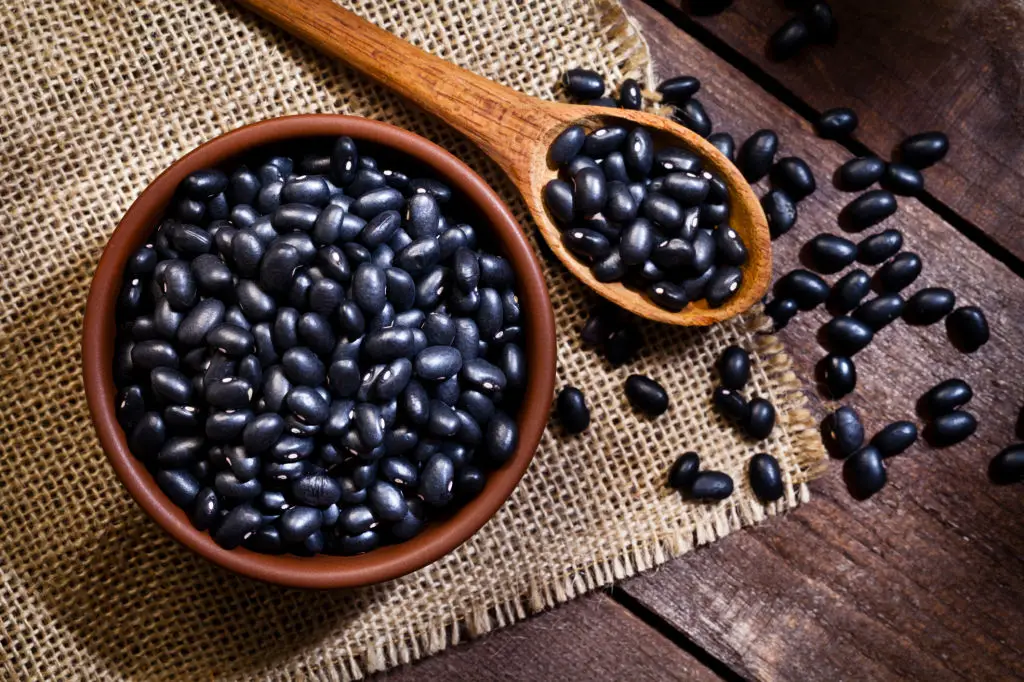
Black beans bring a deep inky color to your plate—and that color is a visible marker of potent plant power. The dark pigment comes from anthocyanins, the same family of antioxidants responsible for blueberries’ celebrated reputation. These compounds play a vital role in counteracting inflammation by neutralizing free radicals and supporting cellular health. One cup of cooked black beans delivers a generous dose of fiber (nearly 15 grams) and significant plant protein, creating a balanced base for blood sugar stability and a healthy gut environment.
2. Lentils: Fast-Cooking, Folate-Filled Daily Defenders
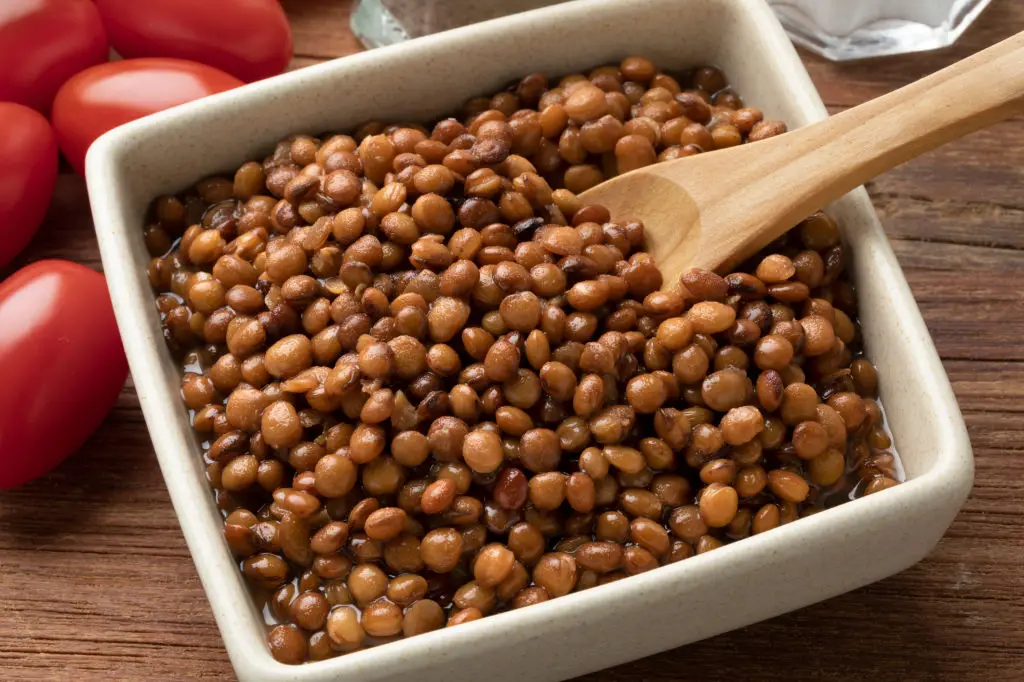
Lentils stand out as one of the fastest, most forgiving pulses in any kitchen. They cook quickly and need no overnight soak, making them the perfect fit for busy lives. The humble lentil is a quiet warrior in the fight against inflammation. Each serving comes loaded with polyphenols—natural plant compounds that soothe oxidative stress—and about 15 grams of protein and 16 grams of fiber per cup.
3. Chickpeas (Garbanzo Beans): Satisfying Saponins and Gut Support
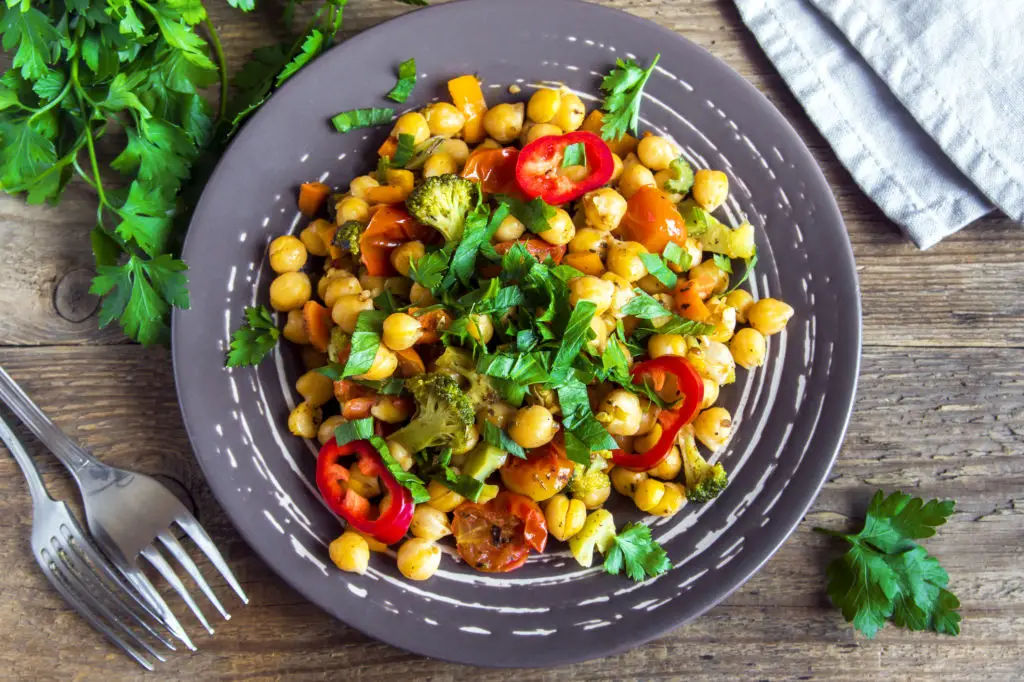
Chickpeas, also known as garbanzo beans, might just be the most versatile pulse in the pantry. Famous for their role in hummus, they’re also rich in saponins—a natural compound shown to have anti-inflammatory effects and aid in balancing cholesterol levels. Chickpeas pack 12 grams of fiber and 14 grams of protein per cup, feeding friendly gut bacteria and helping you feel satisfied after meals.
4. Pinto Beans: Classic Comfort, Modern Wellness
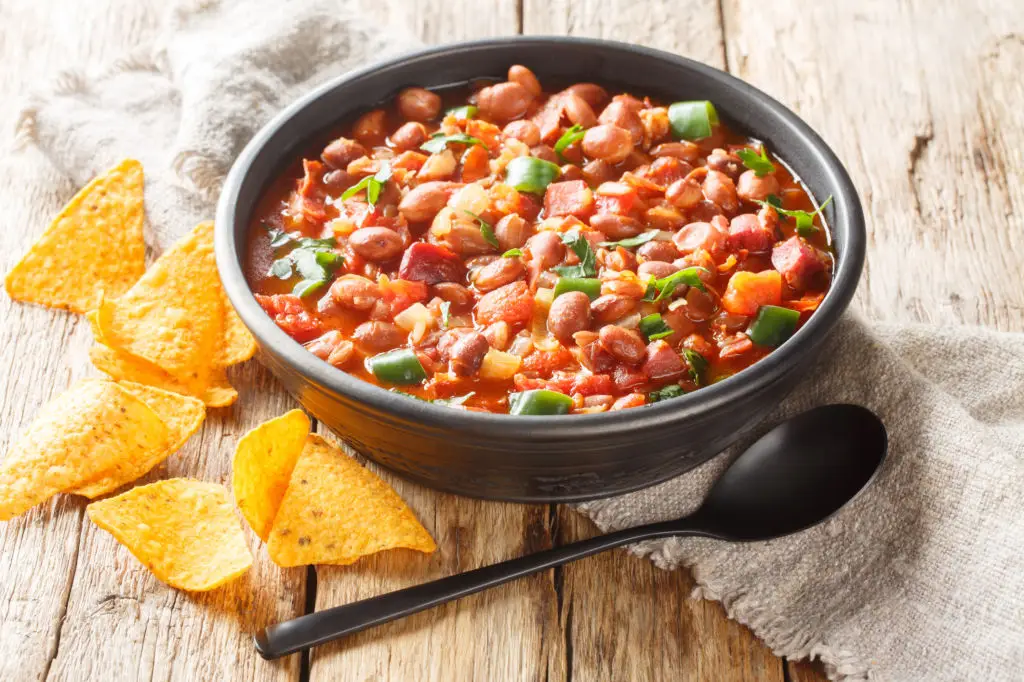
Pinto beans have long been a backbone of Southwestern cuisine, but their benefits stretch far beyond tradition. These speckled beans contain kaempferol, a plant antioxidant linked to reduced inflammation and cellular protection in early studies. One cup provides about 15 grams each of protein and fiber, along with magnesium—a mineral essential for calming nerves and muscles.
5. Green Peas: Gentle Antioxidants in a Familiar Form
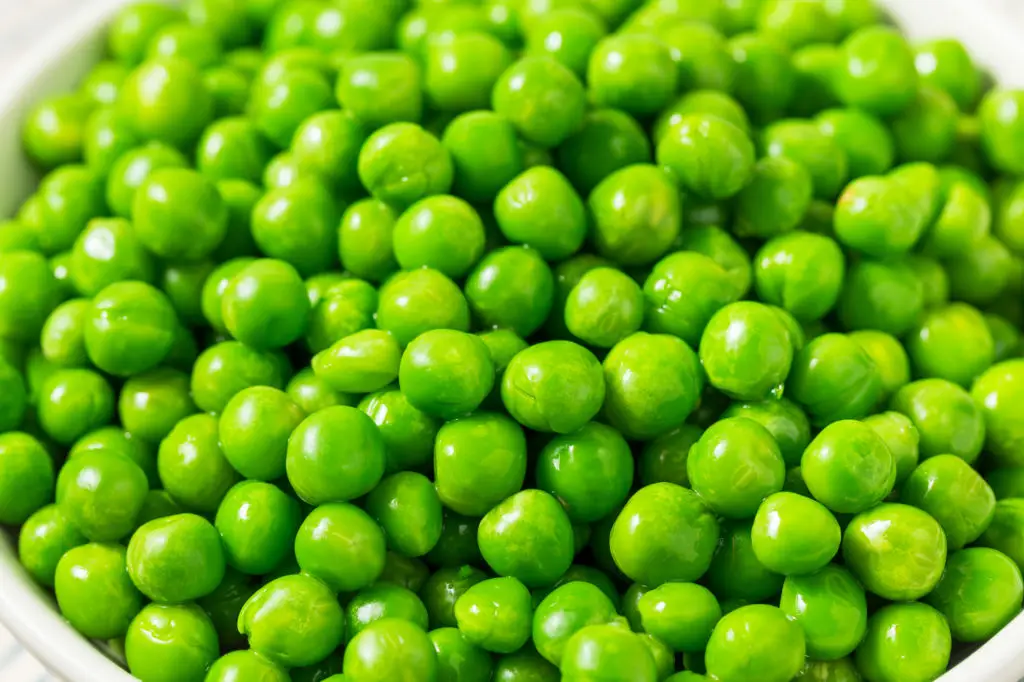
Green peas—whether fresh, frozen, or canned—hold a special place in the pantry for their subtle sweetness and versatility. Beyond taste, they offer impressive anti-inflammatory support through saponins, vitamin C, and carotenoids. Their plant-based protein and fiber not only support digestion but also help balance blood sugar and foster satiety.
6. Kidney Beans: Deep Color, Deep Defense
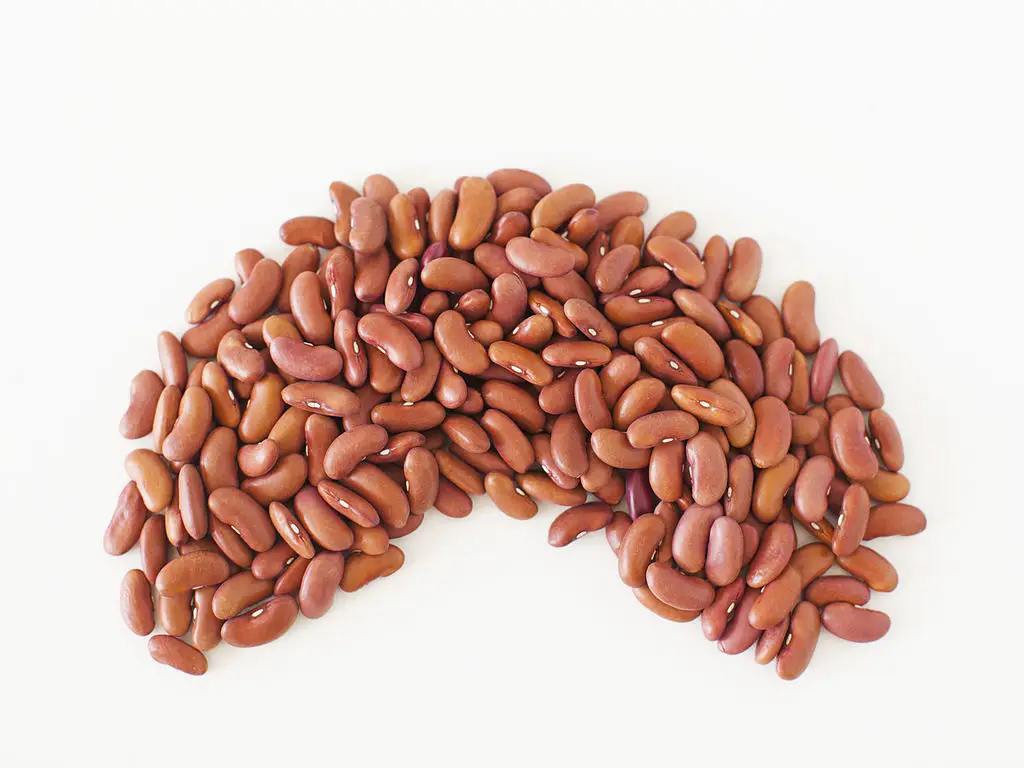
The deep red color of kidney beans offers a visual clue to their polyphenol richness. Like all colored pulses, kidney beans contain unique antioxidants that support the body’s efforts to calm inflammation. Each cup boasts 15 grams of protein, 13 grams of fiber, as well as iron and potassium.
7. Navy Beans: Mild Taste, Mighty Benefits
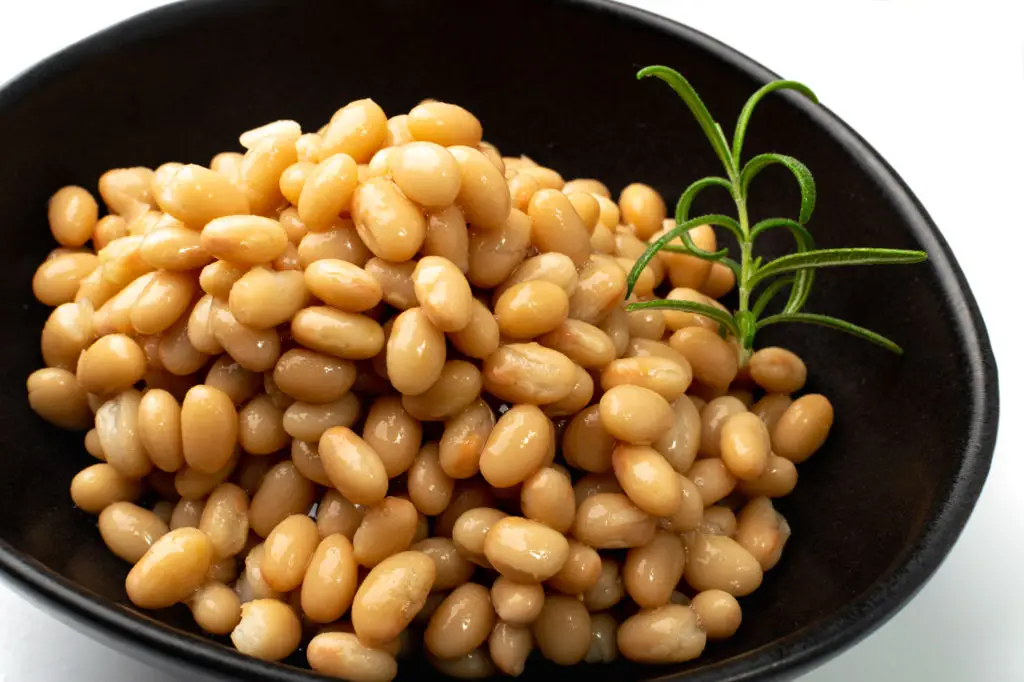
Navy beans may be small and mild, but their impact on wellness is noteworthy. They’re loaded with soluble fiber, which not only aids gut health but also helps manage cholesterol and support steady blood sugar. Each serving delivers potassium and magnesium, minerals that relax blood vessels and support overall heart health—key for combating inflammation.
8. Split Peas: Comfort Food With a Purpose
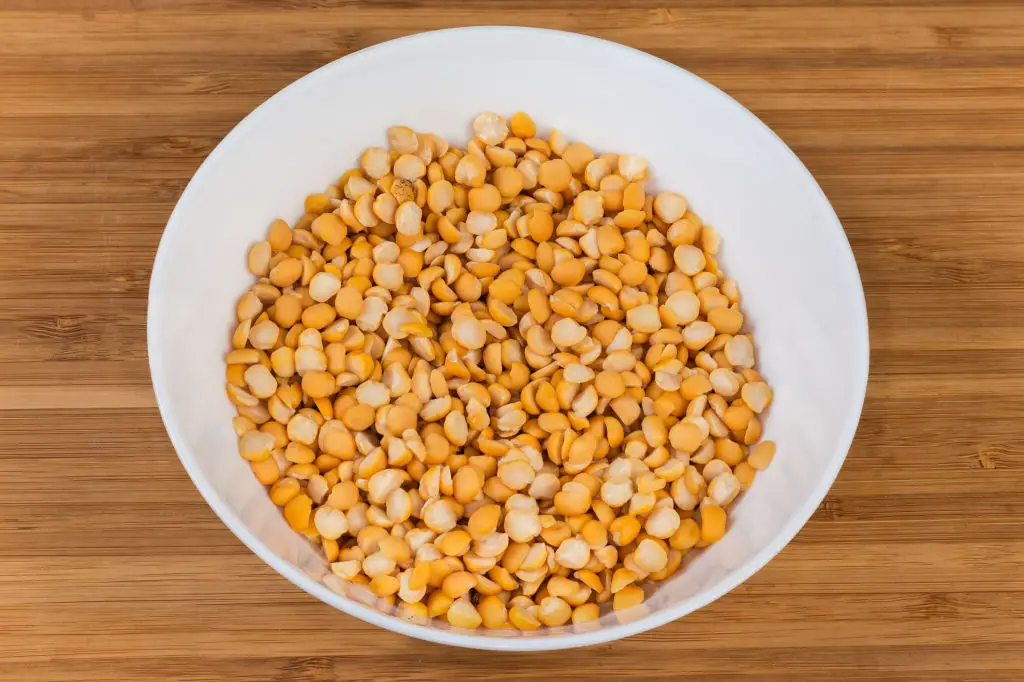
Split peas—green or yellow—are famous for turning basic pantry and fridge staples into hearty, nourishing soups. They’re naturally rich in fiber, iron, and antioxidants called flavonoids, all of which support the body’s anti-inflammatory responses. A bowl of split pea soup provides a steady, gentle energy release, making it an ideal meal for comfortable, sustained wellness.
9. Red Beans: Folate-Forward and Full of Color
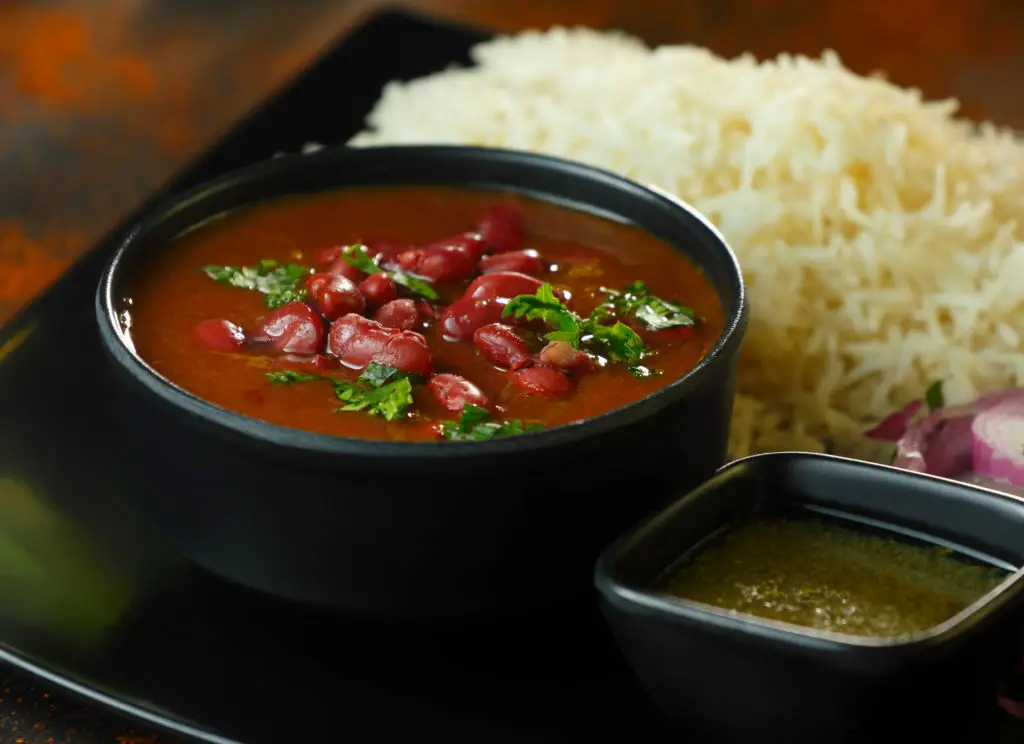
Red beans often get confused with kidney beans, but they bring their own unique nutritional strengths to the table. Rich in folate—a B-vitamin tied to brain health and inflammation management—as well as antioxidants like kaempferol, red beans help shield the body from oxidative stress and promote cellular repair.
10. Lima Beans: Creamy Texture, Substantial Care
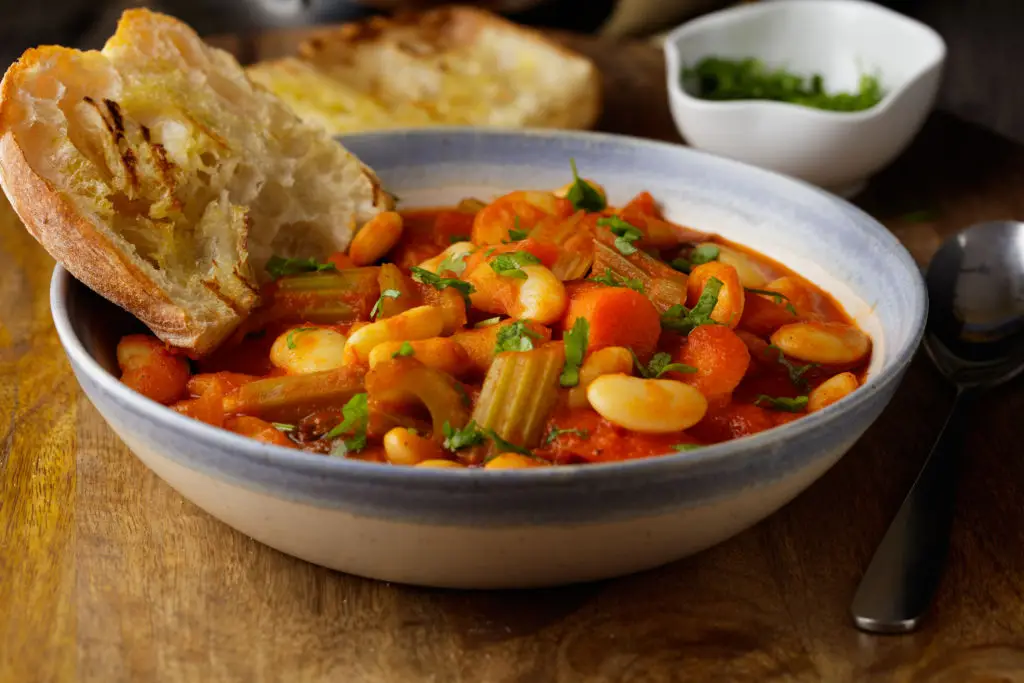
With their creamy texture and delicate flavor, lima beans (sometimes called butter beans) offer a comforting alternative for those who prefer milder tastes. These beans feature iron and magnesium—a mineral combo well known for supporting healthy nerves, muscles, and inflammatory balance. A serving also provides about 13 grams each of fiber and protein, plus plant sterols that help support healthy cholesterol levels.
11. Yellow Lentils: Fastest Comfort, Beta-Carotene Bonus
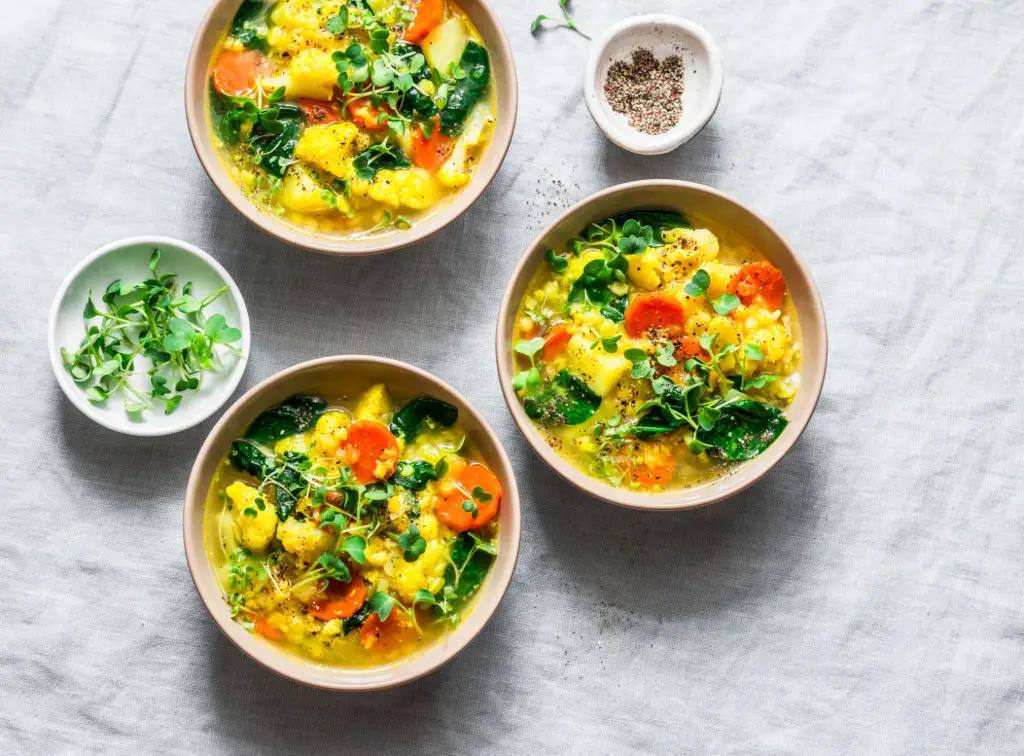
Yellow lentils are some of the quickest-cooking pulses, making them an easy answer for weeknight dinner dilemmas. Beyond their speed, they’re unique for their beta-carotene content—the same antioxidant found in carrots. Beta-carotene is a precursor to vitamin A and may bolster the immune system while reducing inflammation.
12. Adzuki Beans: Ancient Antioxidants in a Modern Pantry
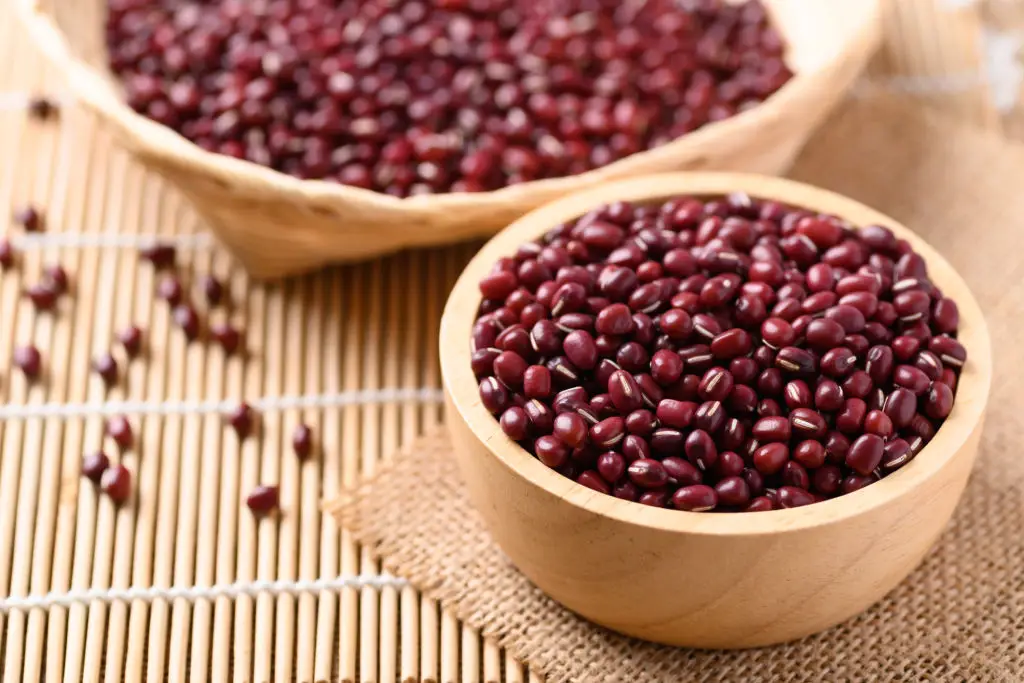
Adzuki beans are petite, deep-red pulses beloved in East Asian cuisine—and they’ve begun making their mark in global kitchens, too. Renowned for digestibility and balance, adzuki beans boast high levels of plant-based antioxidants, including saponins and polyphenols.
13. Mung Beans: Sprouted Versatility for Gut and Immune Strength
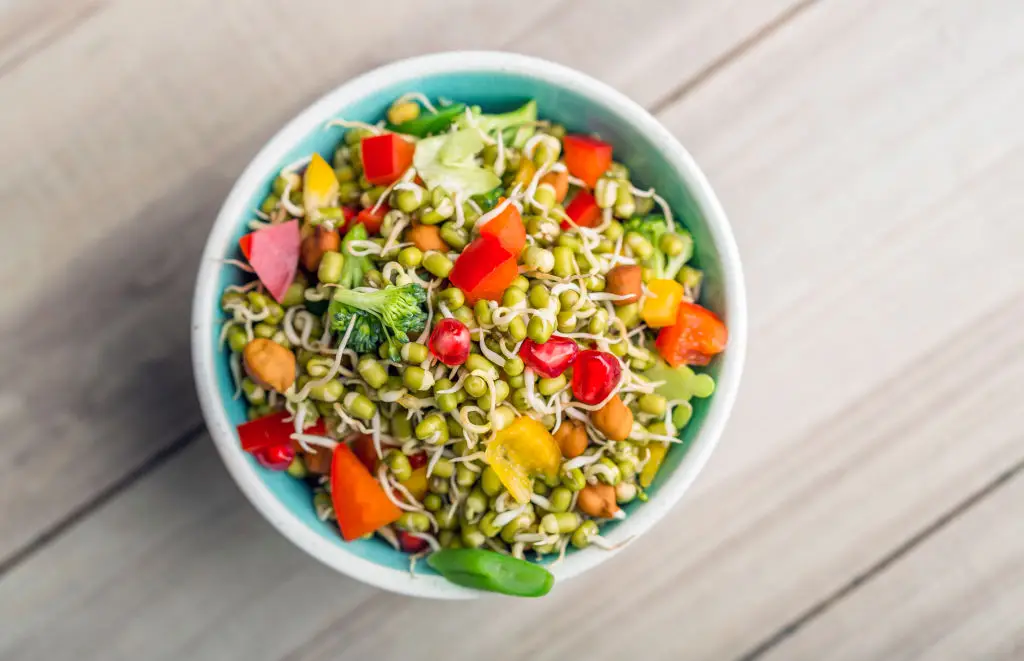
Mung beans are another ancient staple, celebrated in cuisines from India to Southeast Asia. Rich in vitamin C, folate, and magnesium, mung beans are unique among pulses for their ability to be enjoyed sprouted or cooked. Sprouting increases their vitamin content and makes them particularly easy to digest.
14. Black-Eyed Peas: Southern Tradition With a Healthy Twist
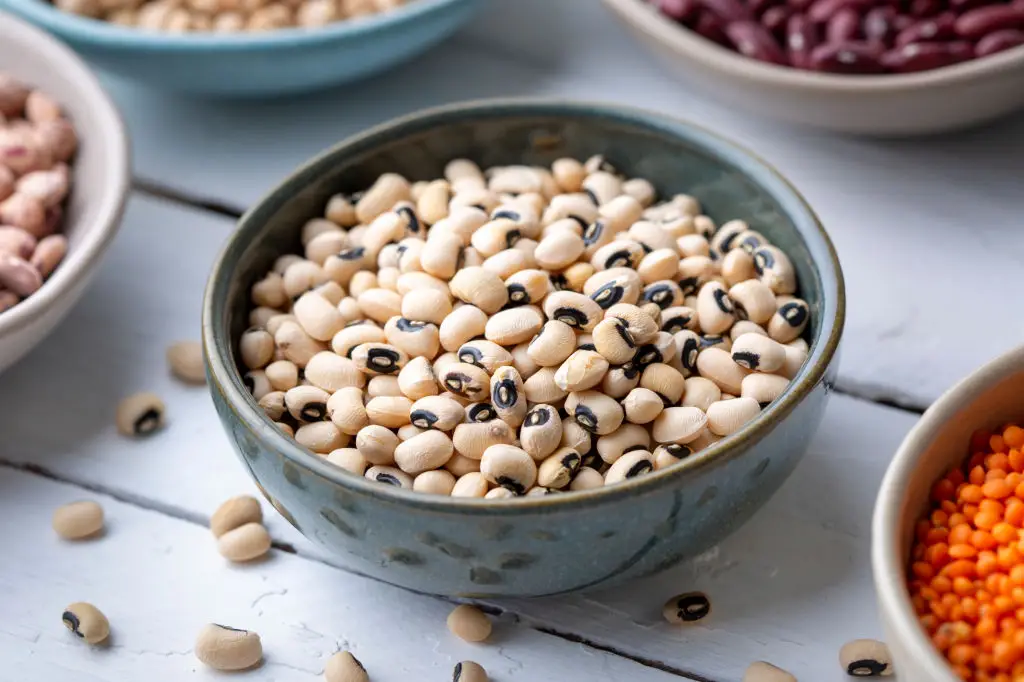
Black-eyed peas often carry a sense of nostalgia and comfort, gracing many Southern New Year’s tables. What many don’t realize is that these creamy beans bring a trio of benefits: plant protein, fiber (more than 11 grams per cup), and plant sterols that support immune and inflammatory balance. They also provide iron and folate, both crucial for energy and healthy red blood cells.
15. Fava Beans (Broad Beans) — The L-Dopa and Mineral Duo
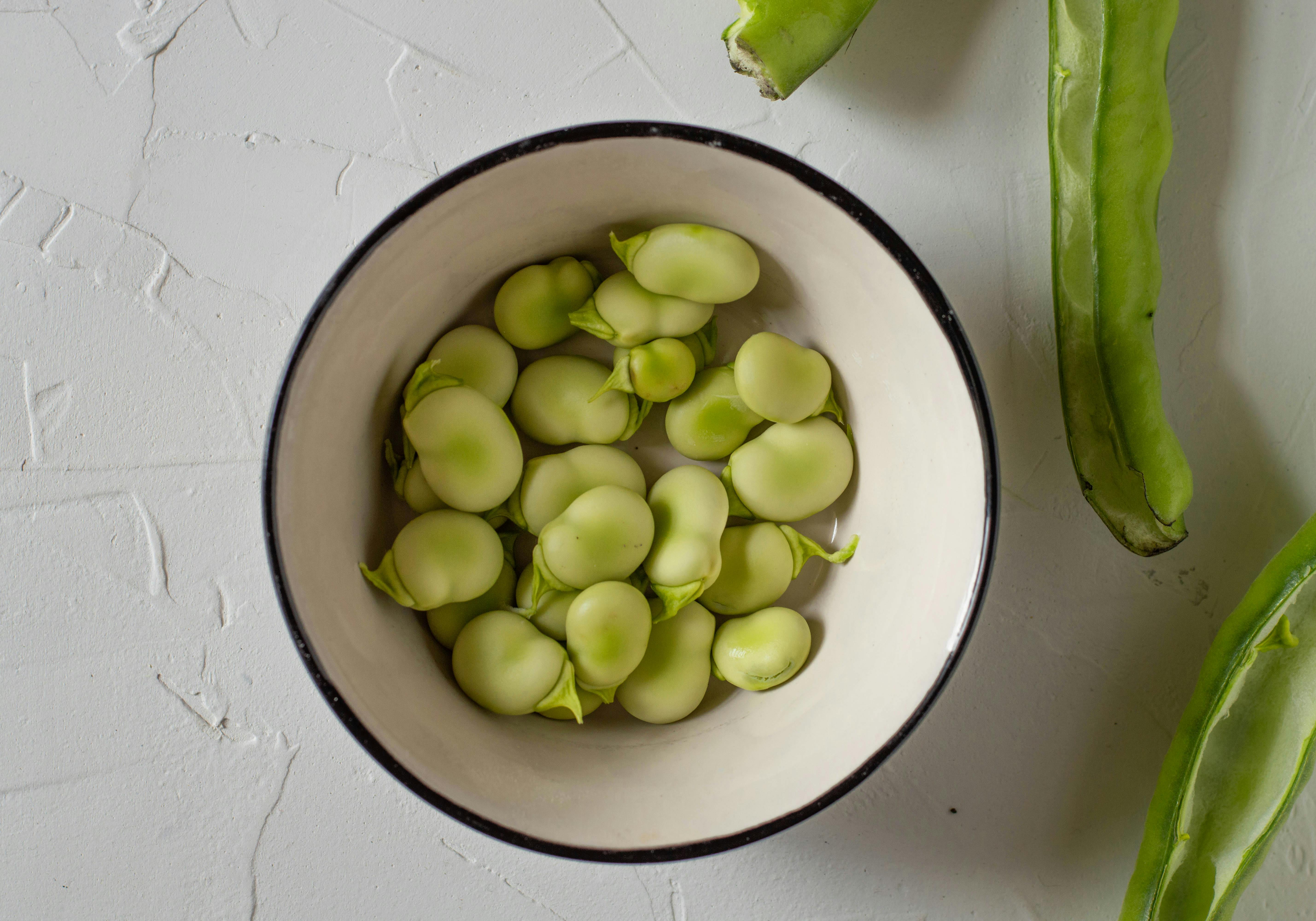
Fava beans, or broad beans, are often overlooked but offer a unique anti-inflammatory mechanism. Beyond fiber and protein, they contain significant levels of L-Dopa, a precursor to dopamine. While known for its neurological role, L-Dopa also exhibits anti-inflammatory and antioxidant properties, helping to mitigate cellular stress. Furthermore, Fava beans are an excellent source of copper and iron, minerals vital for the body's natural antioxidant enzyme systems (like superoxide dismutase). Incorporating fresh or dried Fava beans adds a satisfying, substantial texture while supporting both neurological balance and cellular defense against chronic inflammation.
16. Lupini Beans — The Low-Starch, High-Polyphenol Powerhouse
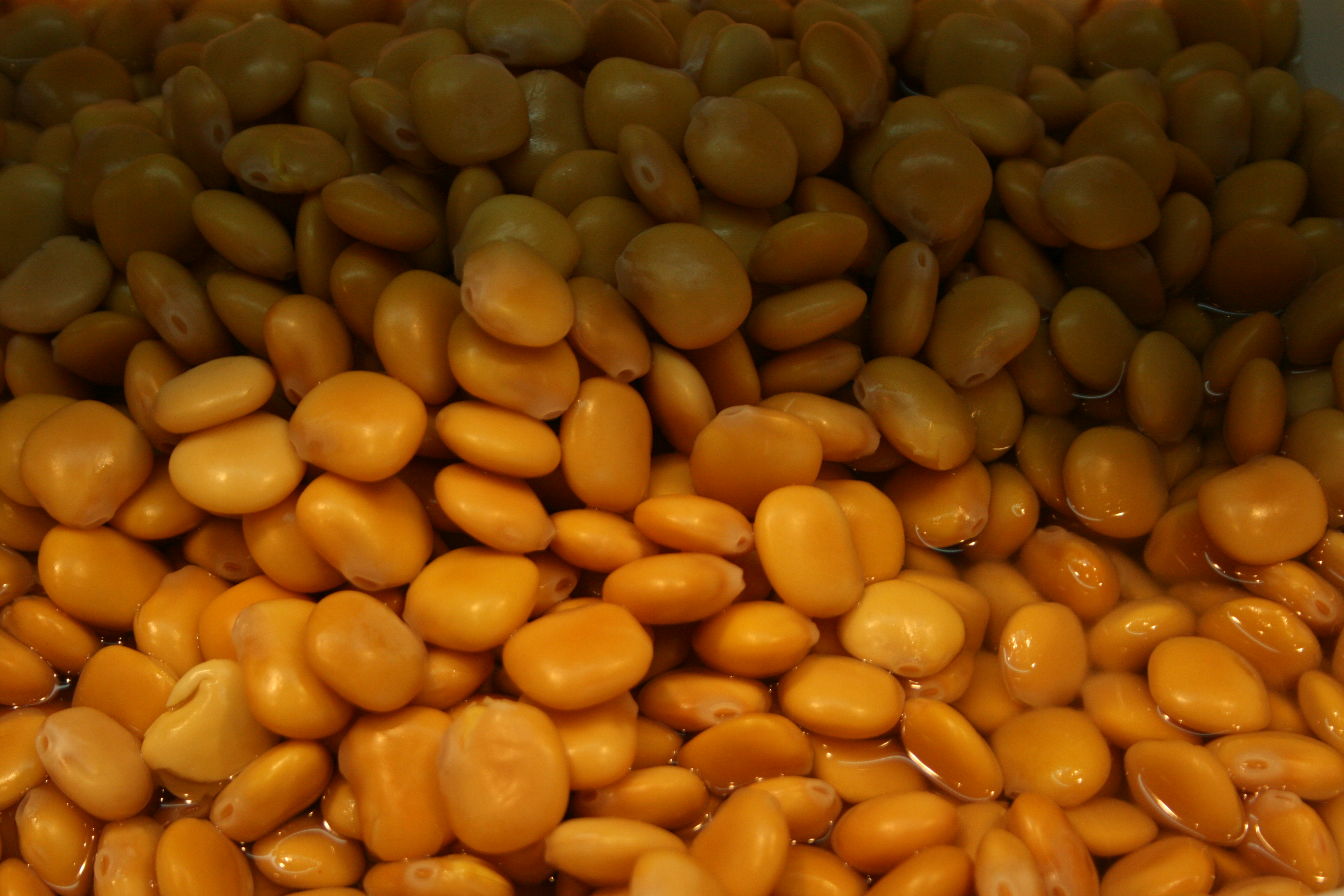
Lupini beans are a Mediterranean staple that are making a strong entrance into wellness cuisine due to their exceptionally low starch content and high protein. Unlike many pulses, their fiber and protein structure results in a very minimal blood sugar response, which is crucial since glucose spikes drive inflammation. Lupini beans are also packed with unique polyphenols that exhibit anti-inflammatory activity and protect the delicate gut lining. Often sold pickled or dried, incorporating these mild-flavored beans into snacks or salads is an advanced, low-glycemic tactic for maintaining metabolic and vascular calm.
17. Cranberry Beans (Borlotti) — The Proanthocyanidin and Trace Mineral Mix
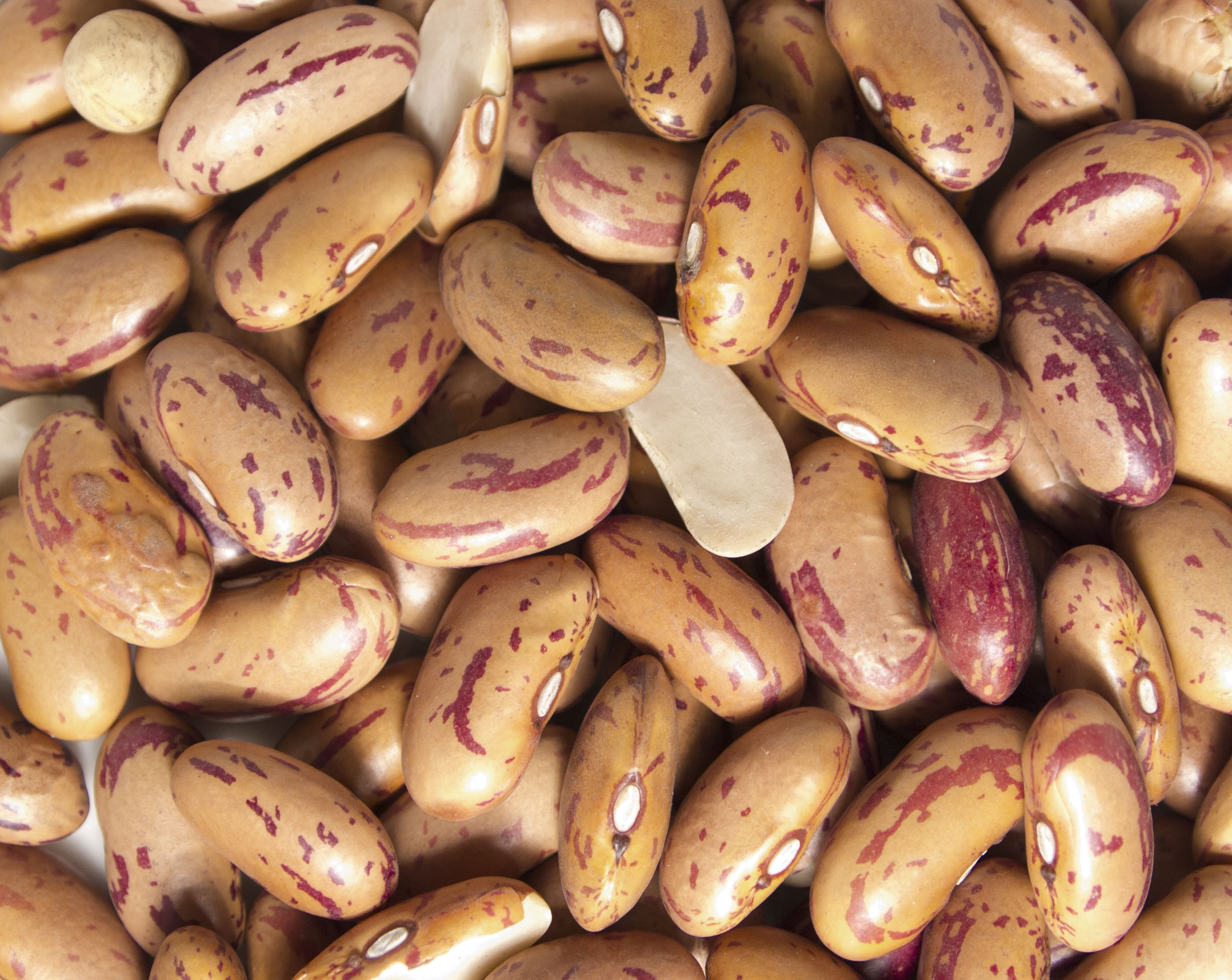
Cranberry beans, also known as Borlotti beans, have a beautiful speckled shell when raw, signaling their high antioxidant capacity. Their defense comes from proanthocyanidins, compounds usually associated with cranberries and grapes, which provide exceptional protection for blood vessels and capillary walls. These antioxidants are potent free-radical scavengers that work to calm systemic inflammation. Cranberry beans are also rich in molybdenum, an essential trace mineral that aids the body's detoxification processes. Use them in Italian or Portuguese stews to leverage their creamy texture and superior protective compounds.
18. Pigeon Peas (Gungo Peas) — The Methionine and Bioactive Enzyme Source
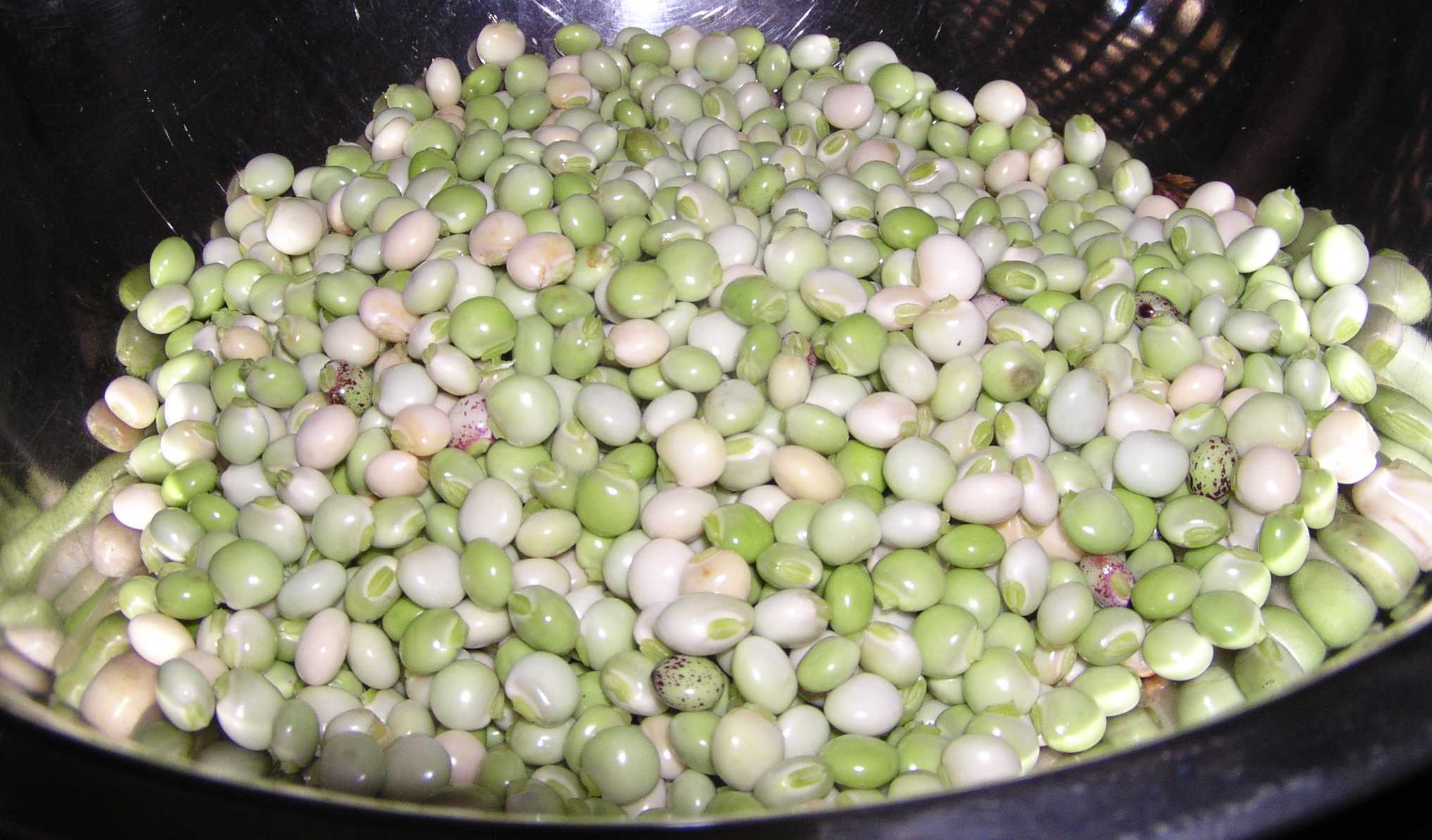
Pigeon peas, a staple in Caribbean and Indian diets, offer a specialized anti-inflammatory benefit due to their unique amino acid profile, including the presence of methionine. Methionine is an essential building block for many of the body's sulfur-based detox and antioxidant compounds. Furthermore, research indicates that pigeon peas contain bioactive enzymes that help reduce oxidative stress and inhibit pro-inflammatory pathways. Utilizing them in traditional rice and pea dishes or pureeing them into soups provides a highly nutritious, protein-complete base that actively supports the body's ability to clear inflammatory markers.
19. Great Northern Beans — The Choline and Low-Acidity Comfort
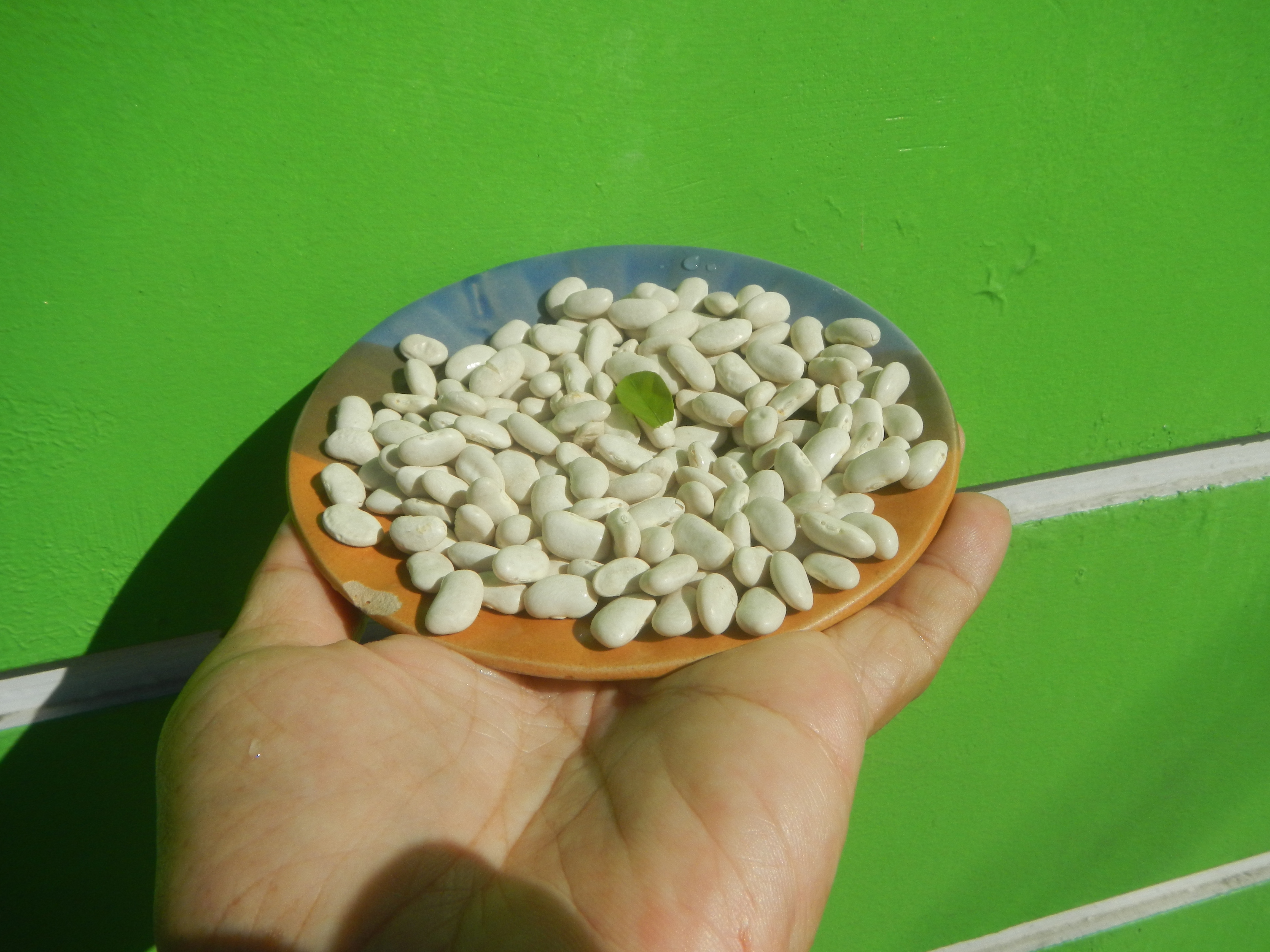
Great Northern beans are a large, white bean variety known for their mild, low-acidity flavor and ability to blend smoothly into dishes. Their anti-inflammatory power is partly derived from their rich content of choline, an essential nutrient that supports nerve function and helps manage fat metabolism in the liver. A healthy, efficient liver reduces the overall toxic burden on the body, thereby dampening systemic inflammation. These beans' balanced fiber and protein provide gentle, sustained energy without gut irritation, making them an ideal, comforting base for chilis or pureed soups that promote smooth metabolic function.
That is a phenomenal list showcasing a vast variety of pulse benefits, going deep into specific compounds and regional staples! To provide five new, unique additions, I will focus on structural components, often-discarded parts, and less common metabolic regulators.
20. Yellow Split Peas (Gamma-Linolenic Acid/GLA)
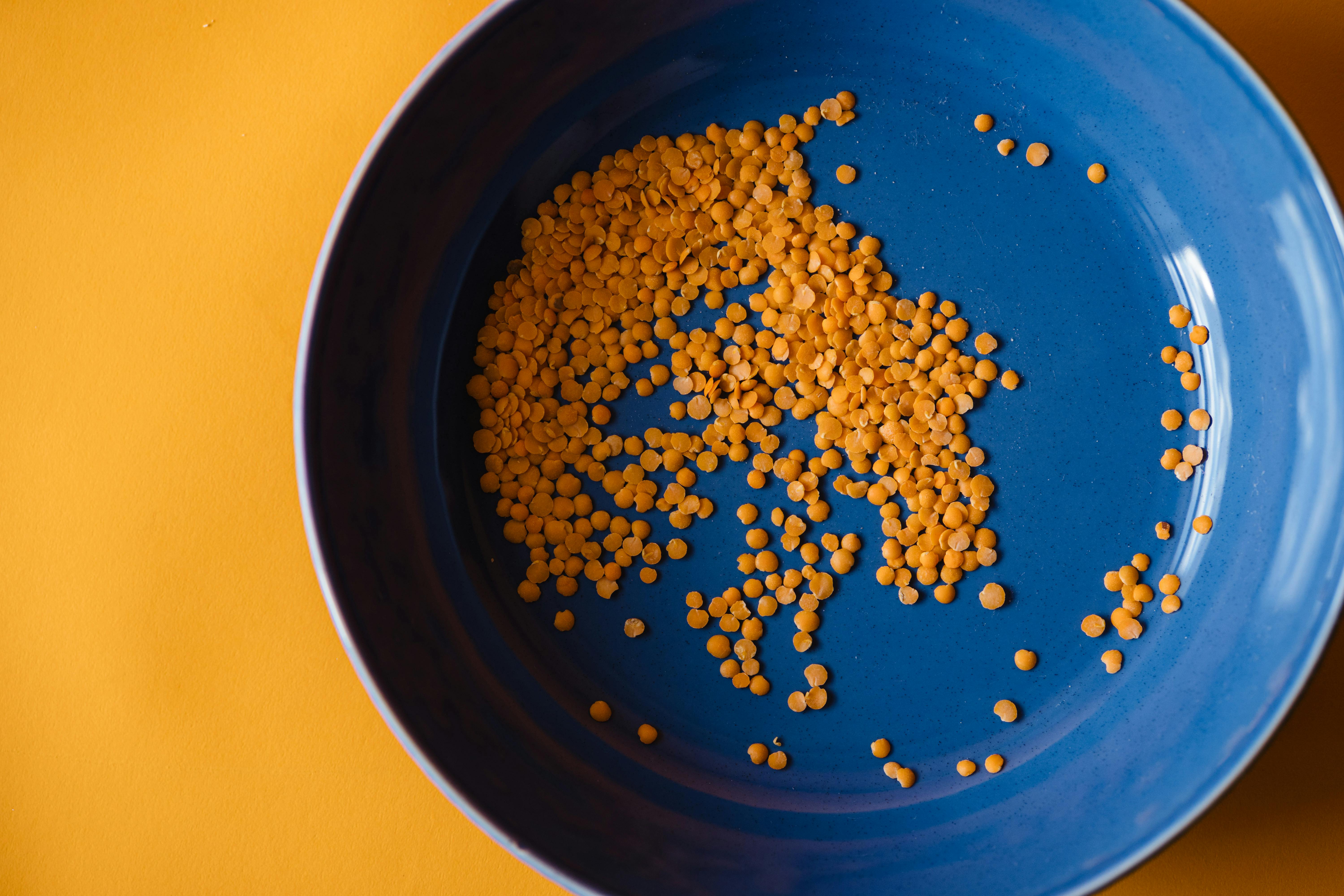
Yellow split peas, primarily used for dahls and pea soup, offer a unique anti-inflammatory fat profile distinct from other peas and beans. They contain small but measurable amounts of Gamma-Linolenic Acid (GLA), a rare Omega-6 fatty acid that the body metabolizes into compounds that actively suppress inflammation, unlike most common Omega-6s. This GLA content, paired with their high fiber, gives them a dual anti-inflammatory action that supports joint and skin health. Their quick cooking time and smooth texture when pureed make them an easy, gentle source of this beneficial lipid.
21. Dry Pea Flour (The Protein Hydrolysate Benefit)
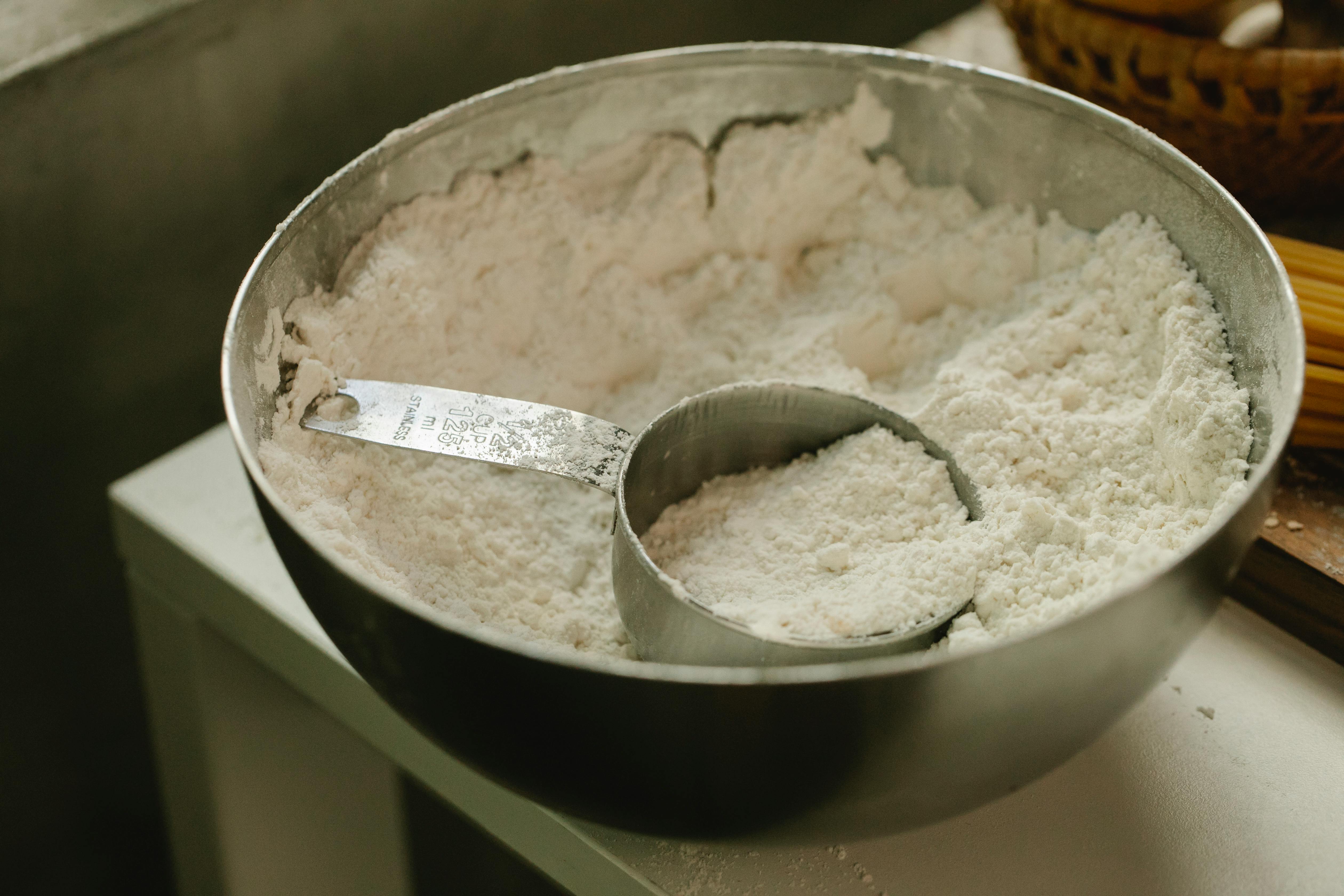
Beyond consuming whole peas, using dry pea flour (made from ground yellow peas) introduces unique benefits. When pea protein is refined and digested, it forms hydrolysates—small peptide chains. Research suggests these peptides exhibit potent antioxidant and anti-inflammatory activities, going beyond the action of whole fiber and simple protein. Pea flour is easy to blend into smoothies or used as a partial flour replacement in baking, offering a low-glycemic, highly bioavailable source of these therapeutic protein fragments that actively help reduce oxidative stress throughout the body.
22. Bean Pods (The Dietary Lectin Modulator)
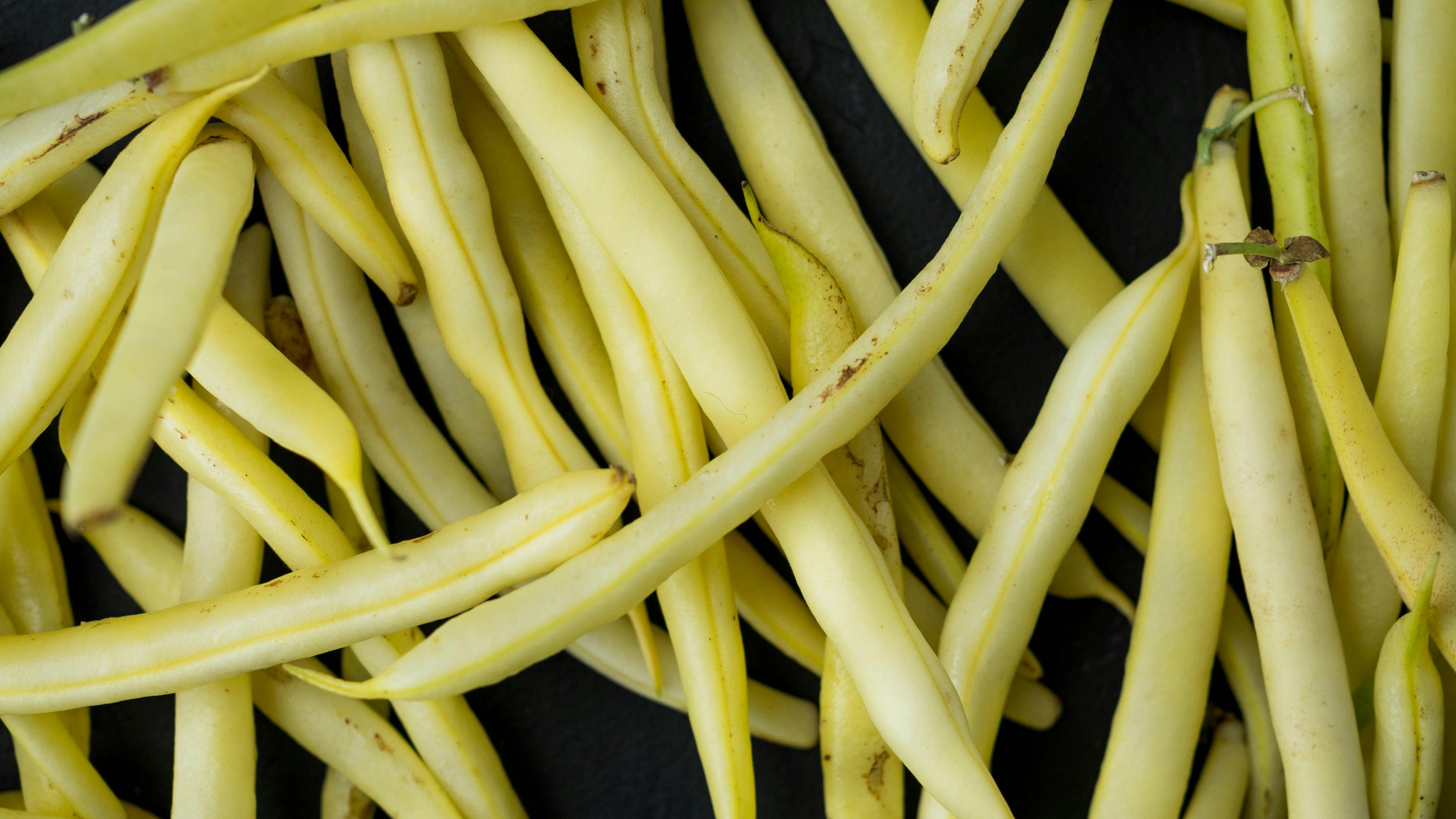
While we eat the seeds, the discarded bean pods (e.g., of runner beans, when dried and powdered) are sometimes used in traditional wellness for their unique structure. They contain specialized fibers and dietary lectins (when heated/processed correctly) that can modulate the immune response in the gut. While complex, the benefit is in training the immune system to react less aggressively. Focusing on utilizing the whole plant, perhaps through a simmered, strained pod broth or by blending young, tender pods, offers a way to utilize structural components beyond the seed for intestinal barrier support.
23. Methi (Fenugreek) Leaves (Galactomannan and Iron)
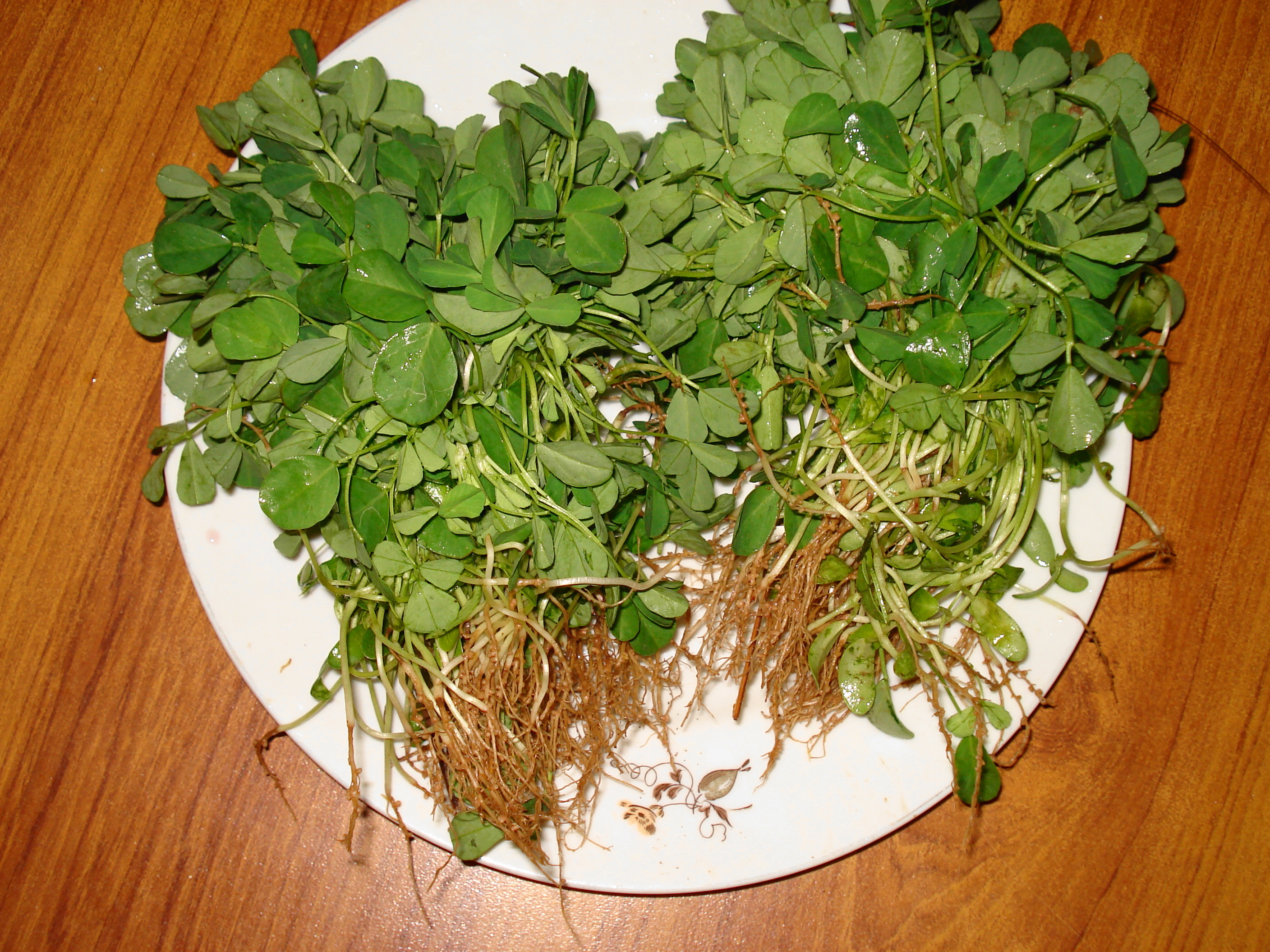
As a culinary item, Methi or Fenugreek leaves (distinct from the seeds, which are highly fibrous) are a nutrient-dense pulse component. They contain galactomannan (a soluble fiber) and are exceptionally rich in iron. Iron is critical for oxygen transport, and poor oxygen delivery is a major driver of chronic inflammation and fatigue. By providing this bioavailable iron alongside soothing fiber, Methi leaves address the systemic metabolic stress that fuels inflammation. Use them fresh in savory flatbreads or dried in Indian dishes.
24. Horse Gram (Urad Dal) — Unique Enzyme Inhibitor
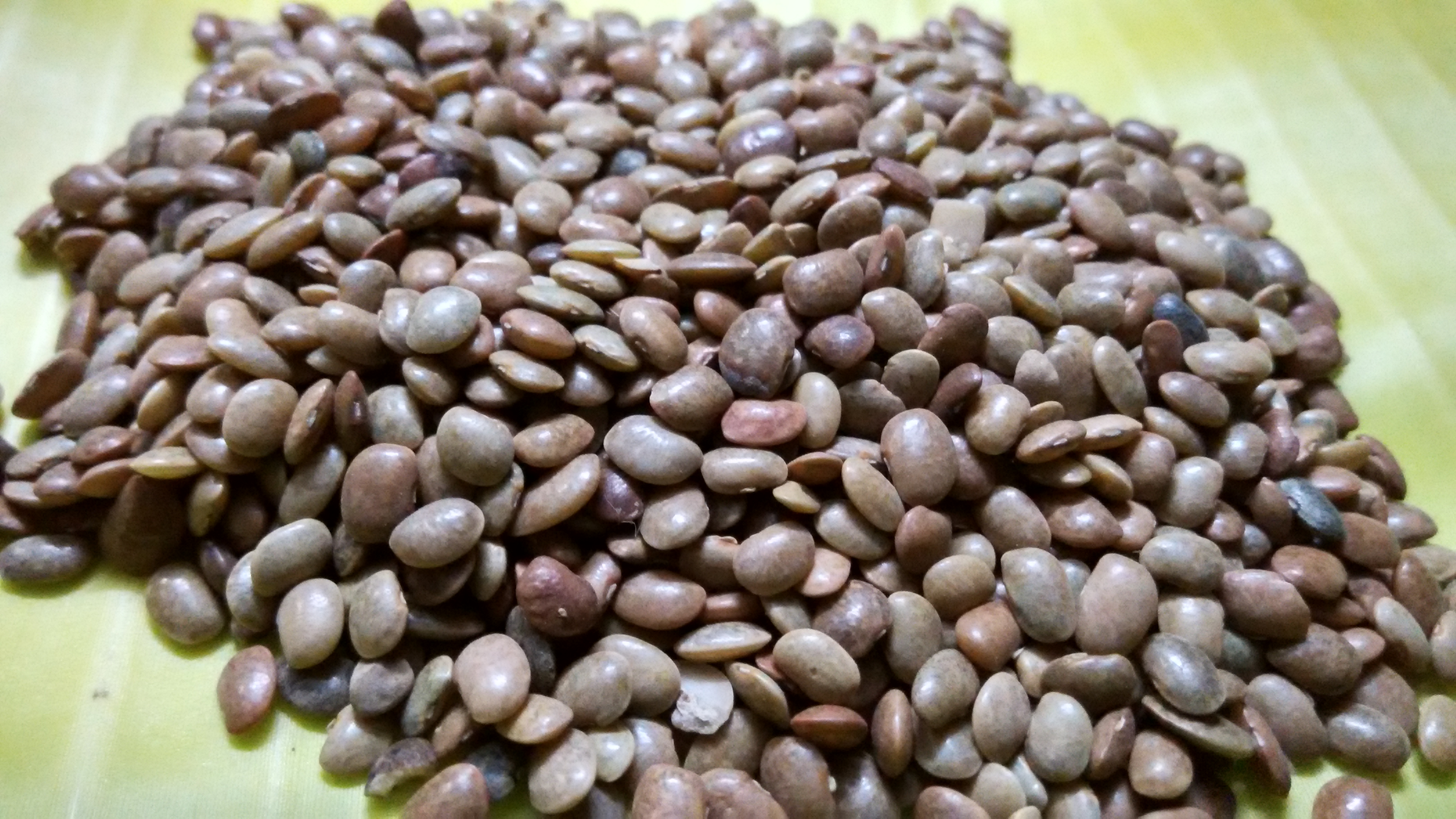
Horse Gram, or Urad Dal, is one of the most protein-rich pulses known in South Asia. Its unique anti-inflammatory property stems from its high concentration of specific enzyme inhibitors. Research suggests these compounds can help inhibit the formation of certain pro-inflammatory substances in the body's metabolic pathways. Additionally, its robust combination of fiber and protein slows digestion significantly, minimizing blood sugar spikes that trigger inflammation. Utilizing this highly structured pulse in lentil curries or sprouting it offers a powerful, sustained anti-inflammatory and metabolic stabilizing effect.
25. Chickpea Aquafaba (Soluble Fiber Concentration)
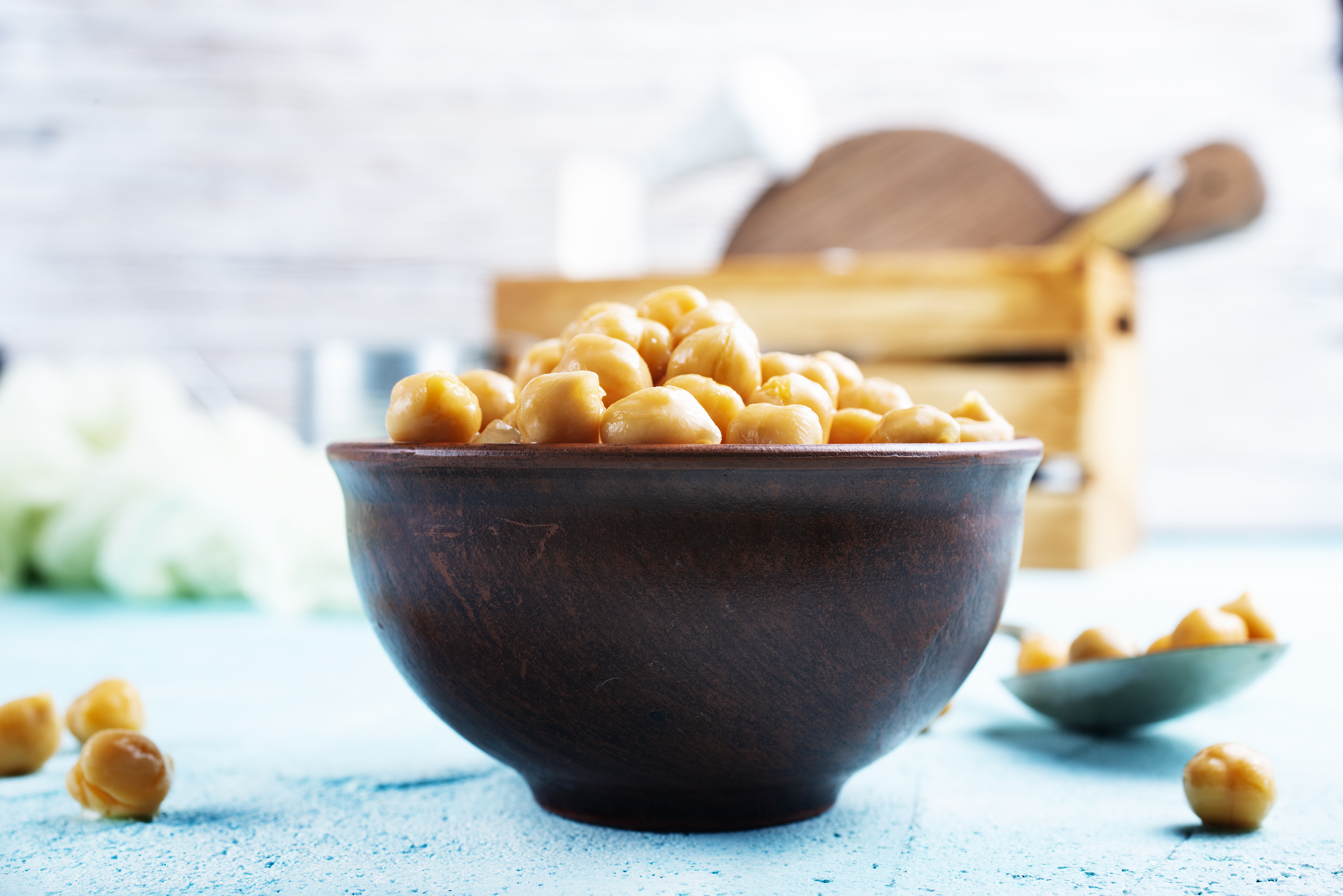
While chickpeas are covered, utilizing aquafaba (the liquid strained from cooked or canned chickpeas) offers a concentrated, novel benefit. This liquid is rich in highly viscous soluble fiber and starches that are water-soluble, providing a potent dose of the gut-soothing and inflammation-reducing fiber without the bulk of the whole bean. Drinking a small amount (or using it as an egg/fat replacement in cooking) delivers immediate prebiotic fuel and aids the production of anti-inflammatory Short-Chain Fatty Acids (SCFAs) in the colon.
26. Black Bean Powder (Micro-Ground Antioxidants)
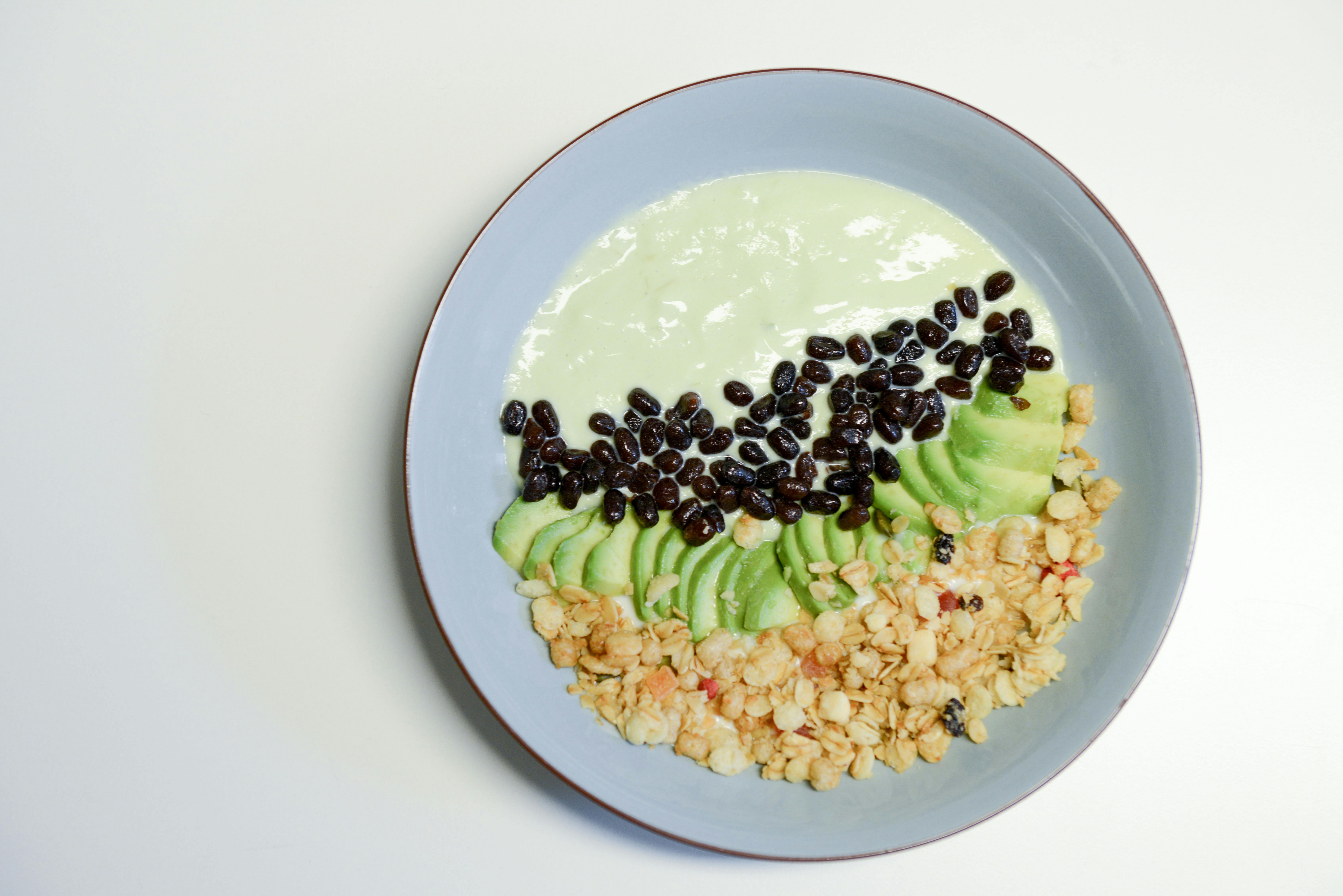
Using powdered black beans (a micro-ground flour made from dried beans) provides an advantage distinct from whole beans or flour. The extremely fine grind significantly increases the bioavailability of the bean's anthocyanins and anti-inflammatory compounds. By bypassing the initial slow digestion phase, these powerful antioxidants are more readily absorbed and utilized by the body to combat oxidative stress, making the bean's protective pigments much more effective at a cellular level than the whole form.
27. Sprouted Lentils (Enhanced Enzyme Activity)
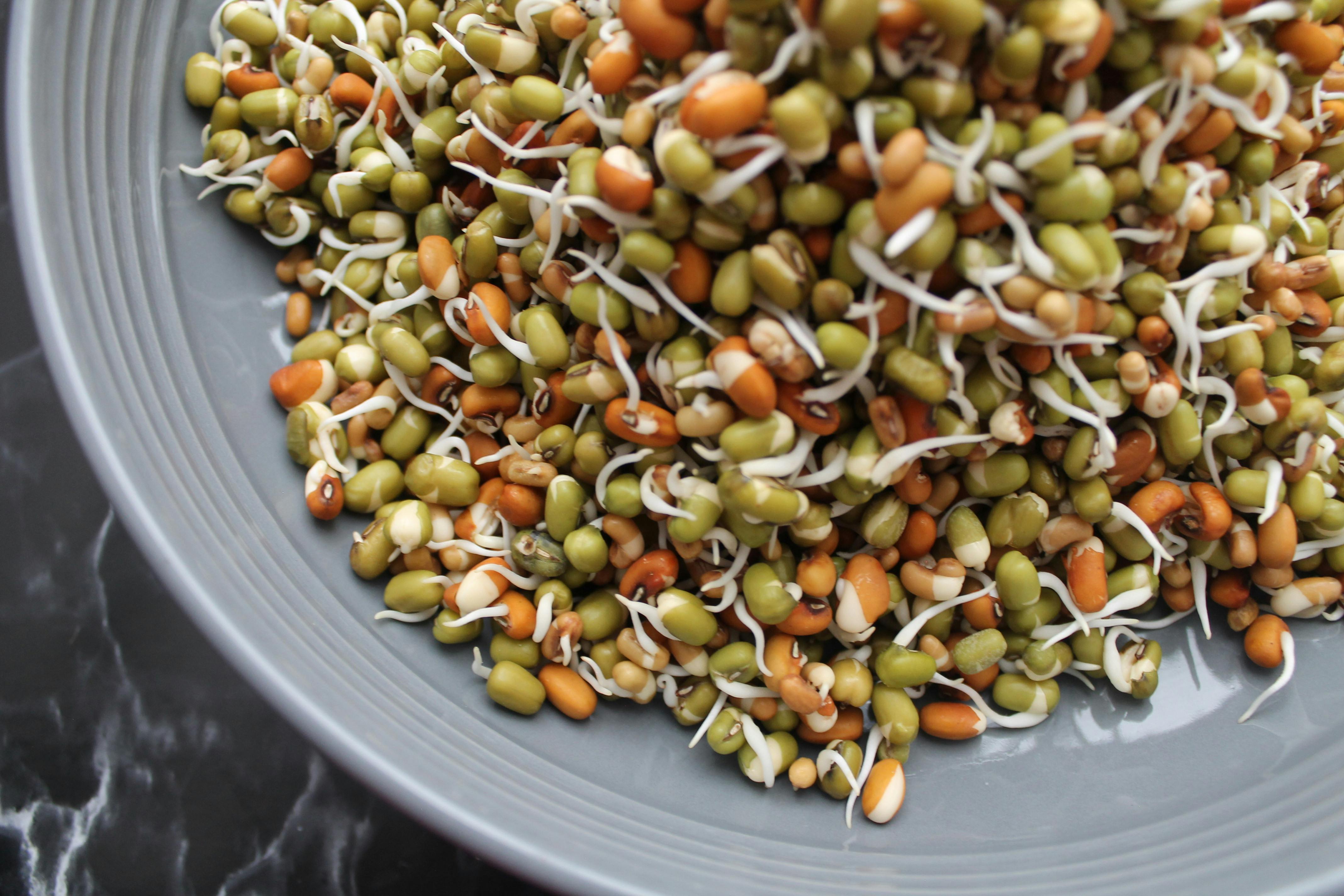
Sprouting lentils (mung, red, or green) dramatically changes their nutritional profile, providing an anti-inflammatory advantage. The sprouting process activates digestive enzymes and significantly increases their Vitamin C and antioxidant content. More crucially, sprouting reduces phytic acid, which normally binds to and blocks minerals like zinc and magnesium. Consuming sprouted lentils ensures maximum absorption of these essential minerals, providing the necessary cofactors for countless anti-inflammatory and cellular repair processes.
28. Soybean Oil (Non-GMO/Refined) — The Vitamin K Source

Soybean oil (when minimally refined and non-GMO) offers a unique benefit as a surprising source of Vitamin K among common cooking oils. Vitamin K is essential for activating proteins that maintain bone density and regulate calcium metabolism, both vital to systemic structural integrity. While often dismissed due to its Omega-6 content, using soybean oil in balance with Omega-3 fats can ensure adequate Vitamin K intake, which contributes to reducing the silent, chronic stress and structural fatigue that fuels inflammation.
29. Mesquite Pod Flour (Low-Glycemic Fiber)
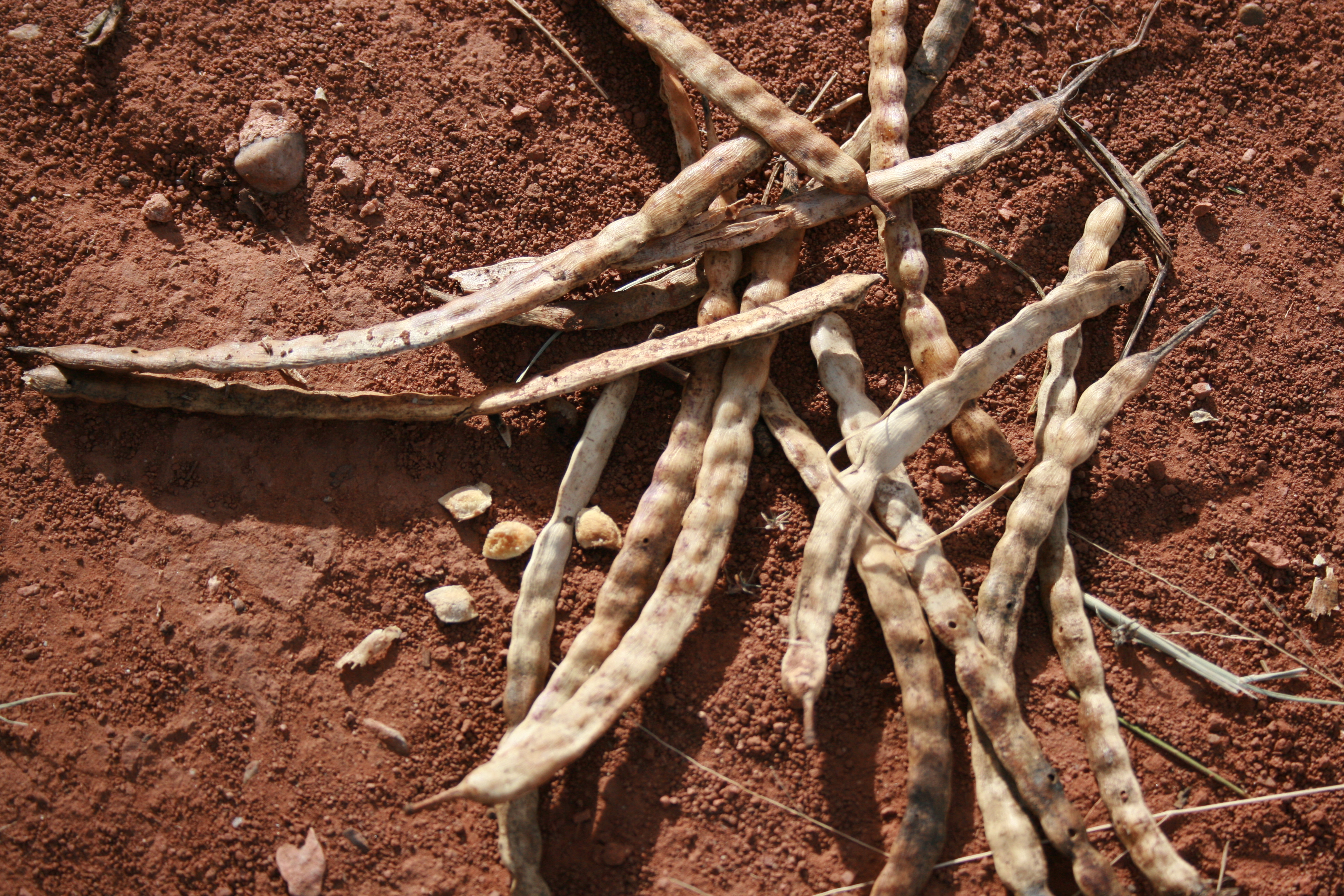
Mesquite Pod Flour, made from the ground seed pods of the Mesquite tree (a legume), is a unique South American addition. Its flour is exceptionally rich in soluble fiber and protein, and its complex structure is digested extremely slowly. This results in an impressively low glycemic index, making it outstanding for blood sugar stabilization. Since wild blood sugar swings are a major driver of chronic inflammation, using Mesquite flour (in small amounts in baking or drinks) provides a powerful, sustained metabolic anchor against inflammatory spikes.
30. Chickpea Hulls (The Insoluble Gut Scrubber)
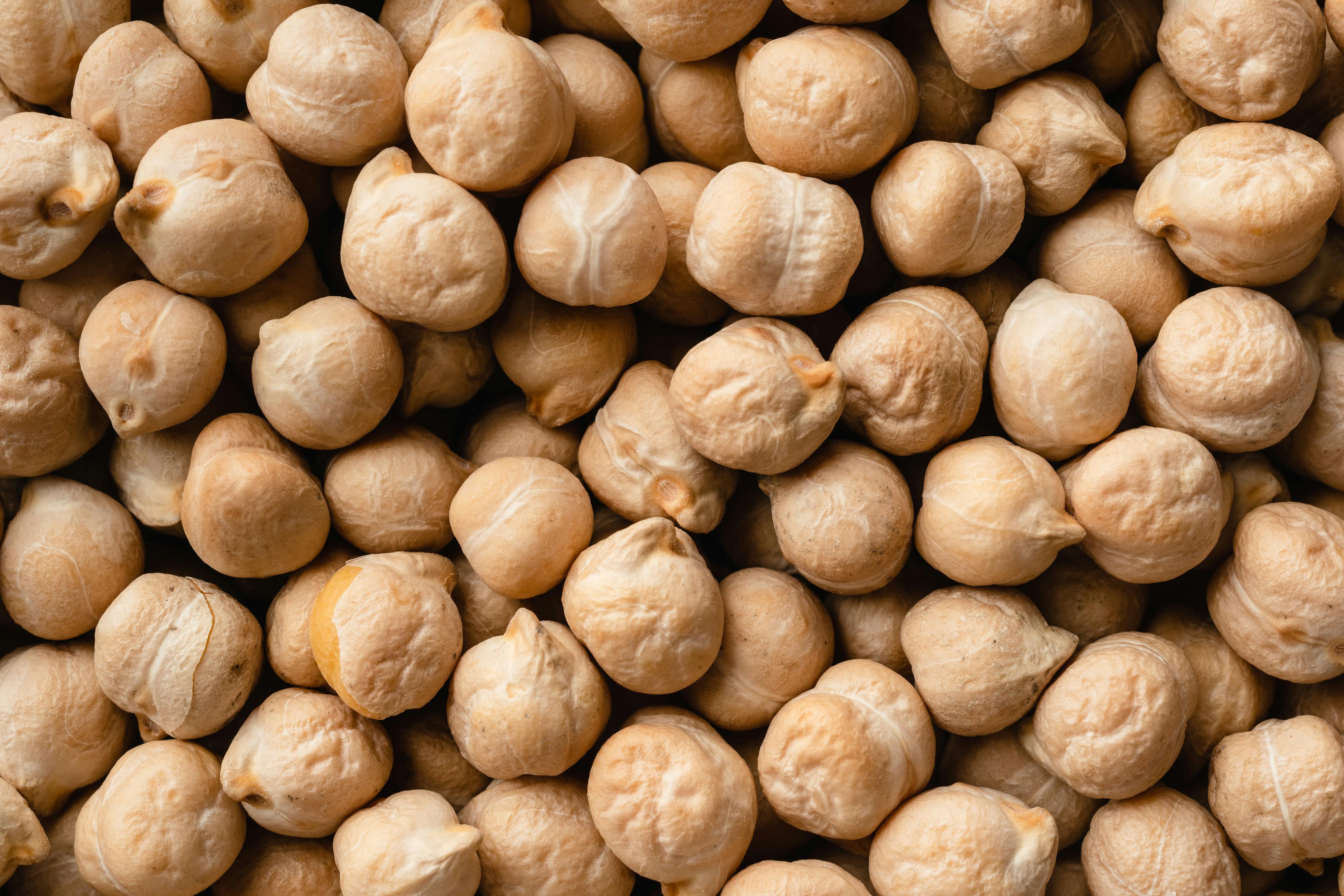
While we typically focus on the soluble fiber and protein of the chickpea seed, the discarded, papery hulls offer a specialized anti-inflammatory benefit due to their high concentration of insoluble fiber. This structural fiber acts as a non-fermentable gut scrubber, adding bulk to waste and dramatically speeding up transit time. Rapid removal of toxins, metabolic waste, and used bile acids from the colon minimizes the time these inflammatory compounds spend near the gut wall. By ensuring a clean, efficient exit pathway, the hulls reduce the chronic, low-grade inflammatory stress that stems from poor digestive clearance, supporting a healthier, less reactive intestinal barrier.
Small Pantry Steps, Big Wellness Wins

A pantry stocked with pulses isn’t just a collection of jars or cans; it’s an invitation to holistic, sustainable health—no matter your age or wellness starting point. These beans, peas, lentils, and chickpeas are proof that fighting inflammation doesn’t require chasing after exotic ingredients or stretching your budget. Each pulse brings its own blend of fiber, protein, unique plant compounds, and warmth to your mealtimes, supporting you in small but meaningful ways.
